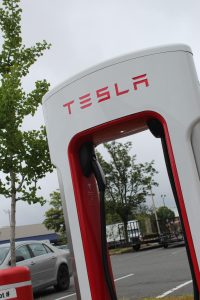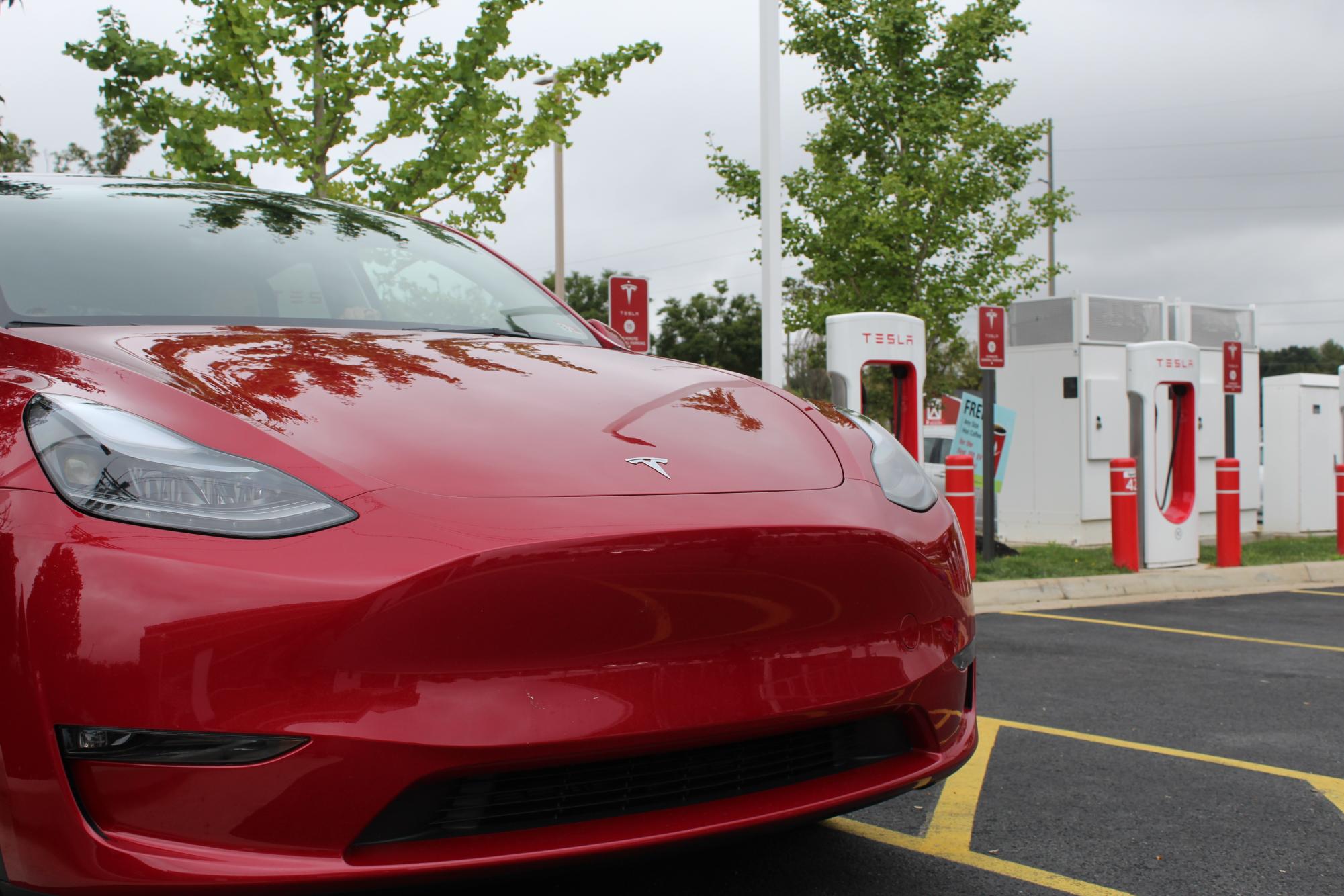“The answer to that question is no, they aren’t as clean as we think, but there’s a whole lot more to the story than just that.”
Many of us have been led to believe that electric vehicles are the one-stop-cure-all solution for the global temperature crisis. It’s widely believed that if humanity suddenly flipped a switch to transition toward Battery Electric Vehicles (BEV) we’d have the means to save the world. In reality, it’s quite the opposite—let’s explore the hidden world of the BEV market.
Let’s Talk Material Demands
Looking back just a few years, states such as California, New York, and Virginia, as well as member states in the European Union have committed to ban the sale of ICE vehicles by roughly 2035. While this move may seem like a stride in the right direction, its implications for the environment are far-reaching.
Let’s take Germany for example, just last year in 2022, German residents registered over 48.7 million new cars in the country. To replace each of those vehicles with an electric variant, you’d need about 530,000 metric tons of lithium carbonate and about 585,000 metric tons of cobalt. The question is, of course, where are we going to get all of these materials?
In order to get just the lithium alone, you’d need to have every single lithium mine in the world devote its time to producing material for cars 24/7—for nearly 18 months.
To put that into perspective, you could make a solid lithium car that’s roughly 1,300 feet long. You’d be able to fit an estimated 5,202,169 standard-sized cars into it.
Adding up all of the predicted demand for EVs from these countries, we’d need around 9.5 million new EVs per year, but according to many experts in the field, they wouldn’t dare assume such a bare minimum statistic.
It’s blatantly evident that the scale of our resource needs is going to cause us a big problem—an environmental one that is.
Environmental Burden
Mining for battery materials is an inherently environmentally taxing operation. Millions of tons of carbon dioxide are emitted from heavy machinery and chemicals used to extract and process mineral-rich lands. Lithium mining is particularly damaging because of how the metal is processed. First, a large-scale mining operation has to scout out and survey lands that are rich in minerals such as spodumene, lepidolite, and amblygonite. Once surveys have been completed the actual mining can begin.

Often these mines can span hundreds of acres and the largest one, the Greenbushes lithium mine in Australia, occupies over 5,600 acres of Australian outback.
Despite their large size, lithium mines are even more environmentally damaging because of their significant water consumption and pollution on top of the role they already play in massive deforestation and habitat loss.
In order to produce just one ton of lithium you need roughly 2.2 million liters of water. With a mine the size of Greenbushes, you’d need to consume 4.29 billion liters of water annually or about 11.7 million liters of water daily. For context that is enough water to fill 4,700 Olympic-sized swimming pools—every. single. day.
Where’s All The Energy?
Jumping to the energy problem, many opponents of the EV-ification movement argue that they are inherently as, if not dirtier than a traditional ICE vehicle because they draw their electricity from non-renewable sources.
Much of the world’s electricity is generated and produced by non-renewable resources such as coal, petroleum, and various oils. In the U.S. specifically, natural gas accounts for roughly 40 percent of all electricity generation which is nearly twice as much as coal.

Major states such as Texas, California, Pennsylvania, and Louisiana have each consumed upwards of 1.75 trillion cubic feet of natural gas as of 2021, much of that going towards the powering of homes and the grid alike.
It certainly doesn’t help that the extraction and burning of natural gas emits high levels of carbon dioxide into the atmosphere. According to a 2021 report by the U.S. Energy Information Administration (EIA), natural gas alone accounts for a staggering 34 percent of total emissions.
It’s safe to say that while EVs promise to reduce global emissions in our transportation sector, their environmental impact is multifaceted. Beyond their “zero tailpipe emissions,” surging battery material demands as well as environmental and ethical concerns regarding the industry complicate their vision. It’s extremely important that EV development is able to reduce its reliance on unethically mined ores and fossil fuels so that we’re able to live in a future without the looming threat of a global temperature crisis.
Ethical Concerns of Mining
The concerns of lithium and cobalt mines extend far beyond their simple environmental side effects, we also need to examine their human impact. In my two-part series examining the cobalt mining industry, I go into far greater detail regarding the ethical and human toll inflicted by the precious mineral.
In essence, cobalt mining is bad—really bad. Not just for the environment, but also for the people who are forced to work in them for little to no pay. “You might think that such an area [the DRC] would have developed, but the place is totally unstable” explains Kadmiel Adusei, a Ph.D. student of water chemistry at George Mason University, who’s knowledgeable on the atrocities going on in many regions of Africa regarding unethical mining practices.
“The thing is that most of these people that go to these mining [operations], they go there because they have no money,” Adusei says. The truth is that many of these mines often employ poor locals who don’t have any other means of sustenance. They work because they have to, not because they want to.
The growing concern is that as humanity progresses into an ever-electrifying world, the demand for these minerals is only going to increase, as will the occurrences of these ethical dilemmas.
It’s clear that the path to EV adoption is multifaceted. While there may be some short-term benefits to push for a global transition to electrify our transportation sector, there are a number of pertinent issues that need to be tackled and addressed beforehand. Considering these challenges and pursuing more sustainable and ethical practices within the EV industry, or finding a cleaner alternative, is imperative to have a clearer impact on combating the global temperature crisis. With increased funding, research, and demand it’s very possible that humanity can find a truly sustainable way to electrify our everyday vehicles so that we could live in a happier and cleaner world.













